Many people dream of large, sprawling gardens bursting with flowers. However, that type of garden isn’t right for everyone. Whether you’re short of space, prefer smaller flowers, or just need some little flowers to mix with your larger ones, we’ve compiled four of the best cute flowers that stay small. Plant these flowers to maximize beauty while minimizing space.
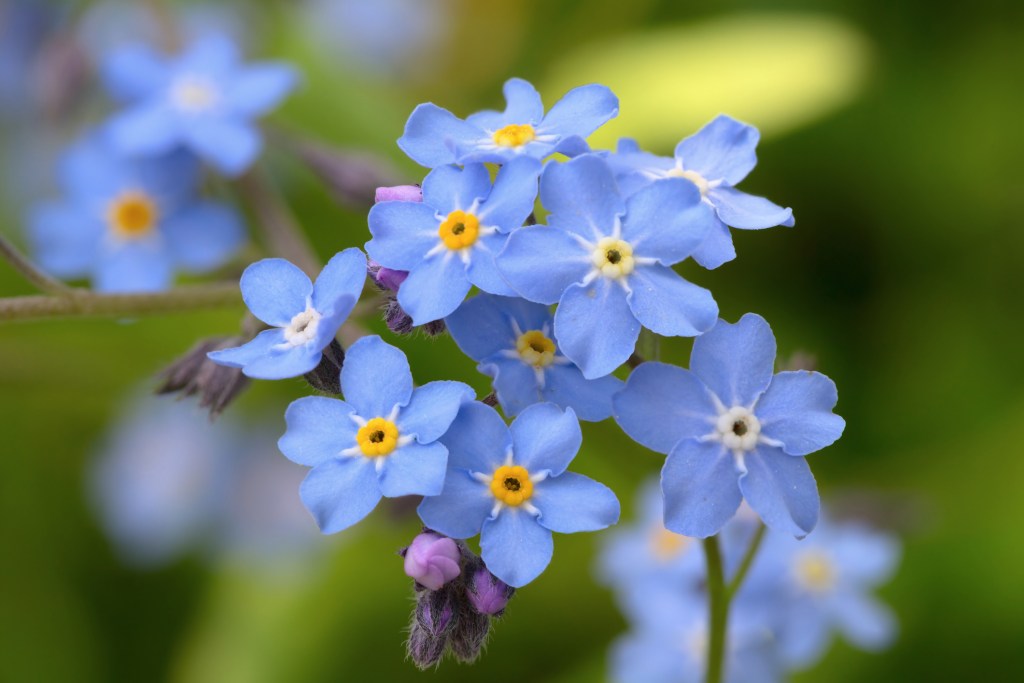
Forget-me-nots
Forget-me-nots, also known as scorpion grass, are sweet little flowers. They’re classically pale blue, but can also be light pink or white. These flowers typically only grow to heights of around 5 inches and can grow in small clumps for a more full appearance. They prefer moist, well-draining soil, but can develop mildew if the soil becomes waterlogged.
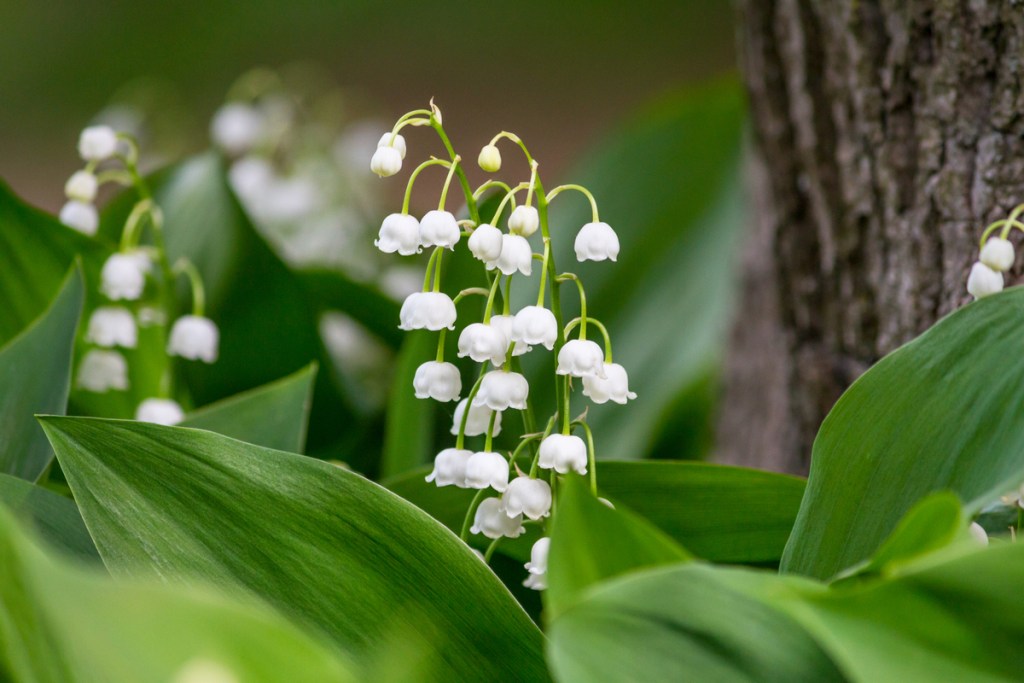
Lily of the valley
Lily of the valley is a slightly taller plant, but is still quite small and has thin stems. Reaching heights of 6 to 12 inches tall, this flower prefers morning sun, light shade, and slightly moist soil. Lily of the valley spreads horizontally through underground rhizomes, and some varieties can spread quickly. If it fills your flower pot, you can gently divide it into multiple plants, which make great gifts. Alternatively, you can clip some of the excess stems to place in a vase or for use in a bouquet.
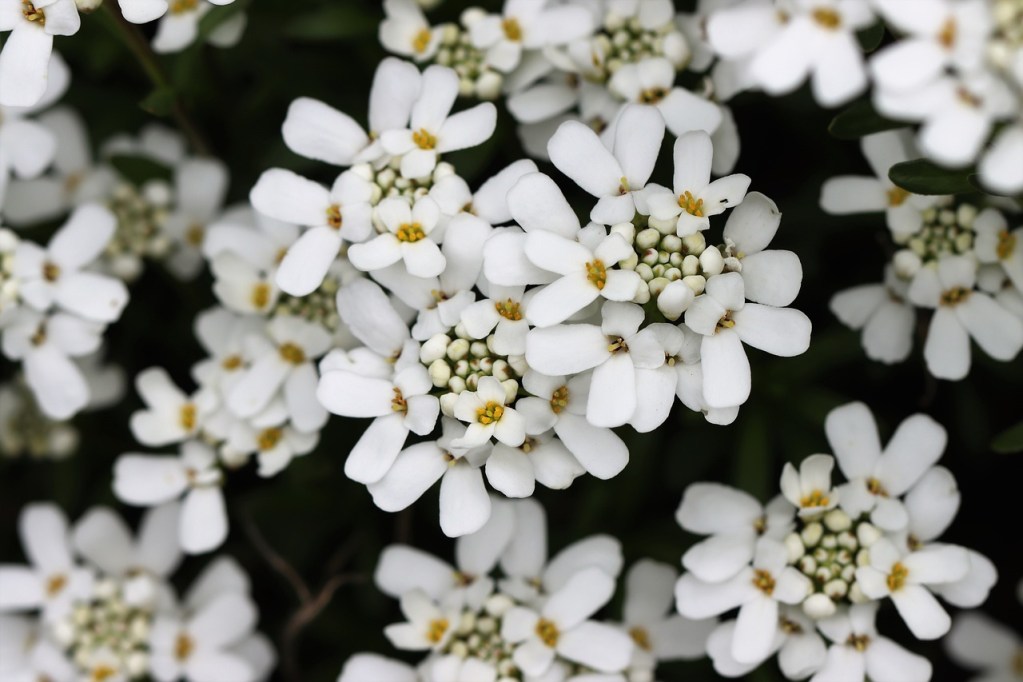
Candytuft
Candytuft is a lovely white flower with dark green leaves. It typically only grows 6 to 8 inches tall, but it does have a spread of 1 to 2.5 feet. This spread is smaller when grown in containers, but it will fill a pot. Candytuft often drapes over the sides of its container, creating a beautiful waterfall-like effect. Planting your candytuft along the top of a wall can create the same cascading effect. For the best results, use well-draining soil and keep your candytuft in full sun.
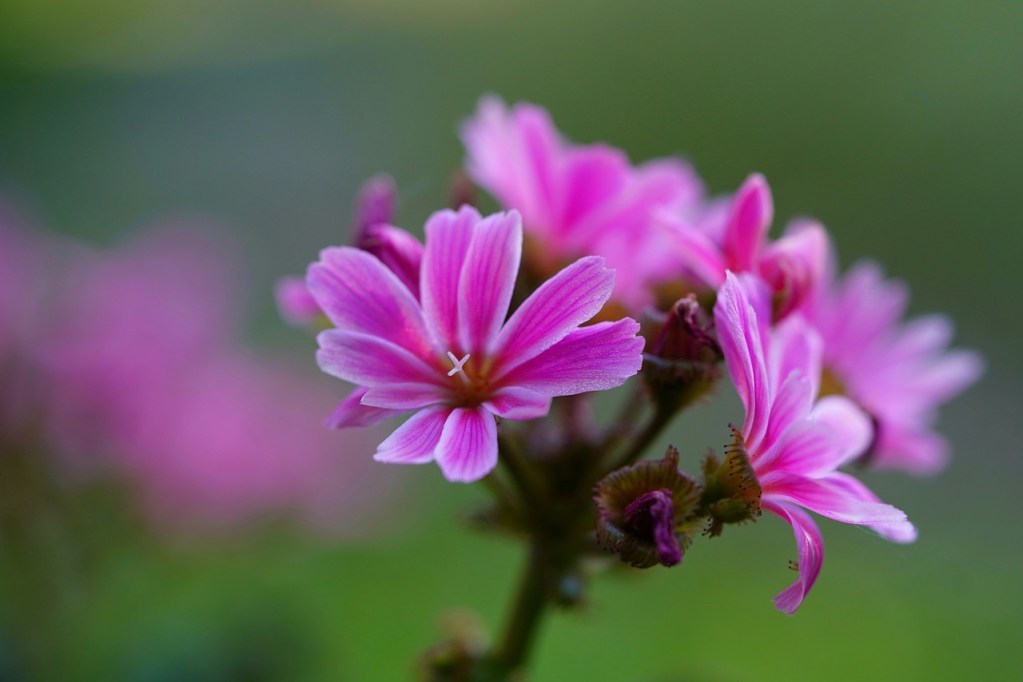
Fairy foxglove
Fairy foxglove, or alpine balm, isn’t actually related to foxglove. This small European wildflower is hardy and extremely easy to grow. Native to rocky mountain slopes, it will even grow in sidewalk cracks! Simply plant this little flower in moderately dry soil and place it in a sunny area. Fairy foxglove only grows 3 to 6 inches tall, so it’s a perfect desk plant.
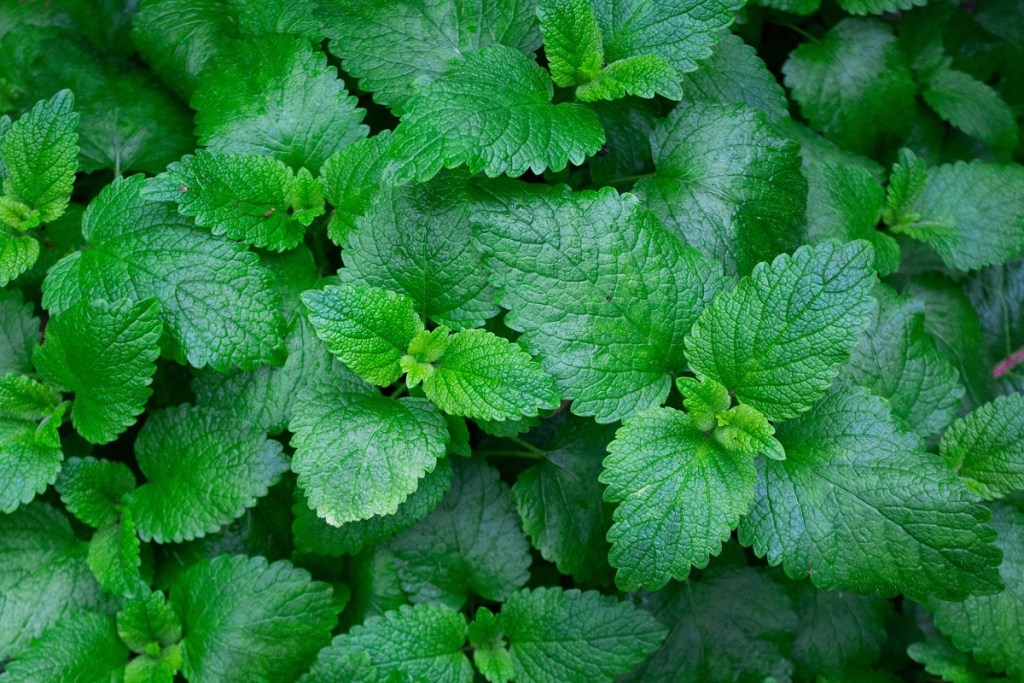
Plants to avoid
Some plants are large enough that it’s easy to avoid them. Most trees and shrubs, for example, as well as plants like sunflowers and Brussels sprouts. However, plants that spread can quickly get out of control without you even realizing it. Mint, ivy, and blackberries are small at first, but can easily take over a space if left unattended. If you plan on growing one of these plants, regular pruning can help keep them small.
Whether you plan on growing a single plant in a pot or creating a tiny garden outdoors this spring, these four flowers are the perfect starting place. They’re easy to grow, so even beginners can care for them without issue. This makes these flowers a great choice for practically any gardener!



